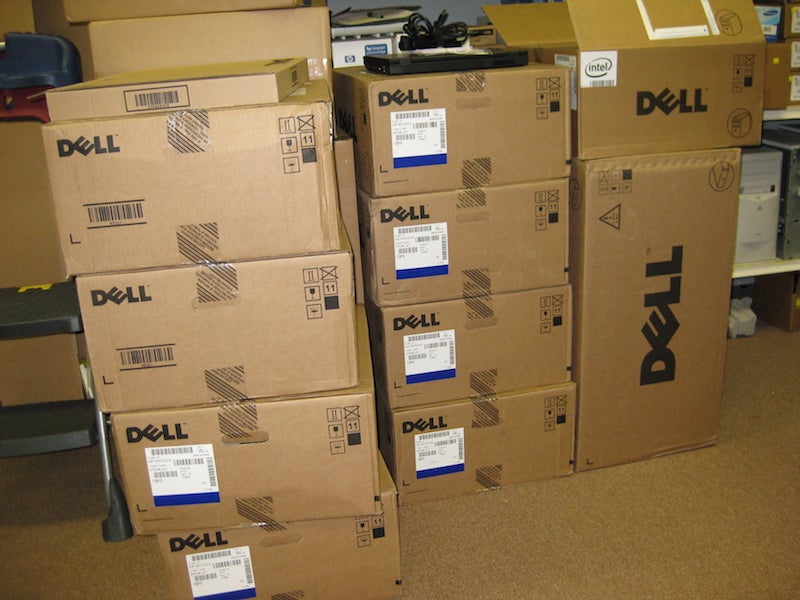
Dell 2020 Legacy of Good Plan
The 2020 Legacy of Good Plan includes the social and environmental milestones Dell expects to achieve by the year 2020. Dell said in the plan that these goals are intertwined with the business, informing its actions, offerings and relationships.
The largest goal set by the company was its Net Positive 10×20 Goal, which aims to make the good that technology does to be ten times what it takes to create and use it. Included in this goal, were environmental, community and people benchmarks.
In terms of it environmental benchmarks in packaging, Dell said it aims to use 50 million lbs (22.7 million kg) of recycled-content plastic and other sustainable materials in its products, ensure 100% of product packaging is sourced from sustainable materials, phase out environmentally-sensitive materials as viable alternatives exist and ensure 100% of Dell packaging is either recyclable or compostable.
Sustainable packaging: Five solutions Dell has introduced
1) Carbon black ink
India-based start-up Chakr Innovation developed a technology that takes the soot from diesel generators and turns it into a carbon black used to make ink. The technology was created due to the growing concerns surrounding air pollution in Asia.
Chakr Innovation pitched the idea to Dell, resulting in the tech company now using the ink on 1.5 million Dell packaging boxes across India each year. At the time of launch, Dell estimated that the process would help clean the same amount of air breathed annually by about 110,000 people.
2) Ocean plastic commercial-scale
In order to tackle ocean plastic pollution, Dell created the first commercial-scale global ocean-bound plastics supply chain. Starting with the aim of keeping 16,000 pounds of plastics out of the ocean, Dell is processing plastics collected from beaches, coastal areas and waterways to use globally as part of a new packaging system for its XPS 13 2-In-1 laptop.
Additionally, Dell has also partnered with The Lonely Whale Foundation to promote the Next Wave initiative, which aims to bring together consumer-focused and leading technology companies to develop a commercial-scale ocean-bound plastics and nylon supply chain. The partnership predicts that, through this initiative, more than three million lbs (1.4 million kg) of plastic and nylon-based fishing gear will be diverted from entering the ocean within five years.
3) Bamboo cushions
A quick renewable and compostable material used to create trays for lightweight Dell products instead of petroleum-based materials.
4) Mushroom cushions
Dell uses mushroom spawn combined with wheat chaff, cotton hulls or rice hulls to create cushion packaging for heavy shipments. The mushroom packaging is both compostable and biodegradable, and also replaces the use of petroleum-based materials.
5) Moulded paper-pulp cushions
Used to cushion larger products, such as desktops, this packaging solution is made from recycled newsprint and other paper sources. Dell states that the material usually recycles like cardboard but urges consumers to check with their local recycling guidelines.



